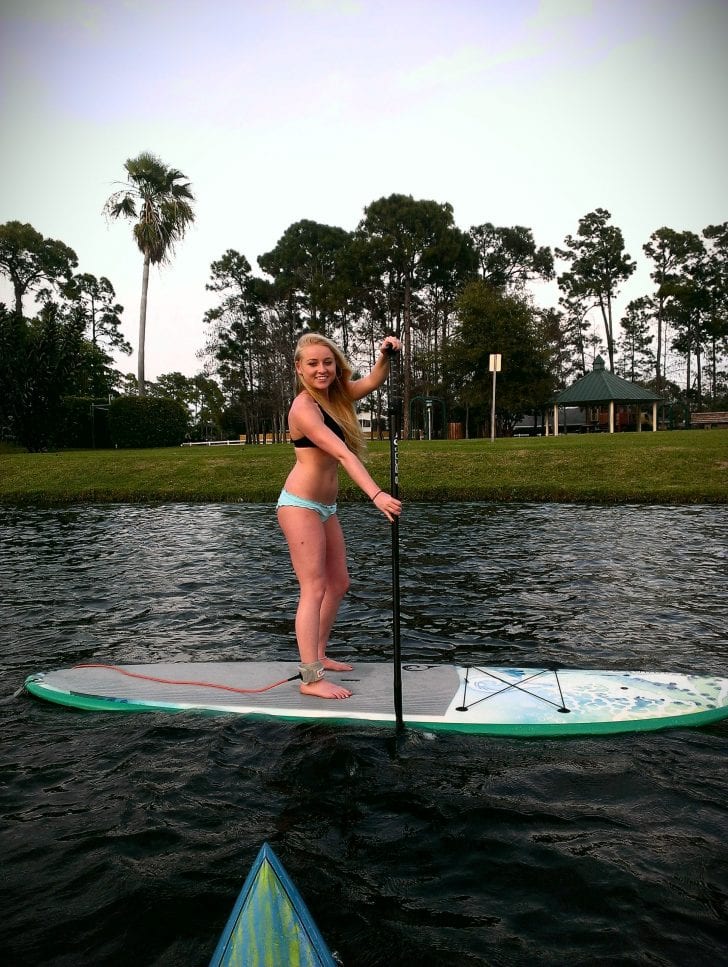I’m on the water 3-4 times a week paddling. I often see so many paddlers doing everything wrong and I mean everything. Many of these paddlers are from the rental community which unfortunately get very little instruction at all, so they get a pass. However, I see many board owners out there doing the same things wrong.
Here are some tips for the beginner.
Tip #1: The first and most common thing I see is that they are paddling with the back of the paddle. Your paddle has a similar shape to a spoon, so imagine you want to hold water with a spoon. You wouldn’t use the back of the spoon, but that’s the thinking with beginner paddlers.
Tip #2: Next is hand placement. Most beginners hold there pivot hand to high. The way to find your midpoint is to hold the paddle over your head with one hand on the handle and the other midway. Now bring your elbows down to shoulder level at a 90 degree angle, adjust your hand on the middle of the shaft to achieve a 90 degree angle. Put a piece of tape where your middle finger is on the shaft and you now have your pivot point.

Tip #3: Stop looking at your feet and look where you are going. This is why many people can’t stay in a straight line or get to where they want to go. Your body and board follows where you look.
Tip #4: Don’t paddle with half the paddle. Get the whole paddle in the water down to where the shaft meets the paddle.
Tip #5: Start with your paddle as far forward as possible and exit the water just past your heel. If you paddle past your feet you will actually slow down your speed. It is best to start with short quick paddle strokes to help accelerate and then you can lengthen your stroke once you get on plane, but not past your feet and please keep the splash to a minimum. Big splash means you are inefficient with your stroke.
Tip #6: Use your Legs, Back and Torso. Many of you paddle with your legs straight and bent over. This fatigues your arms and shoulders. Straighten your torso, bend your legs and twist your torso to pull the paddle through the water. You will see many racers start in a very low squat position. Practice squatting low and that will help you gain power in your stroke.
Tip #7: Make sure you have your safety equipment. Life Jacket and whistle are mandatory by law, but you should also have a leash.
Tip #8: Get out as much as possible and focus on your stroke.